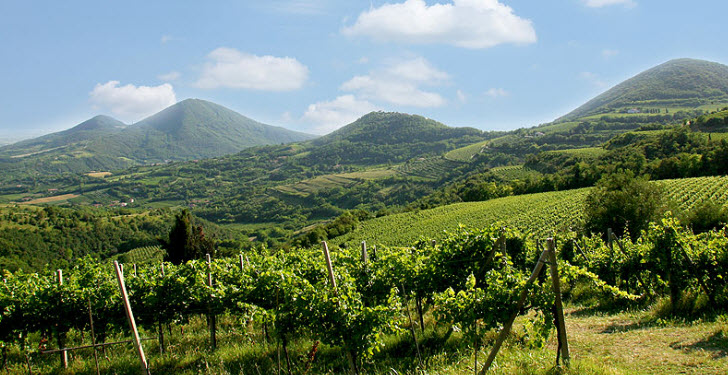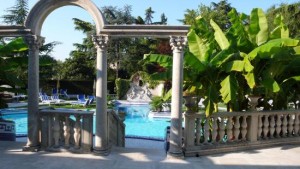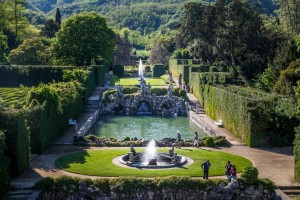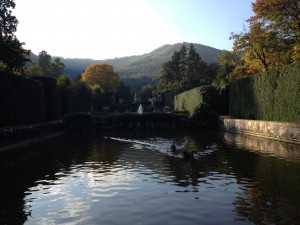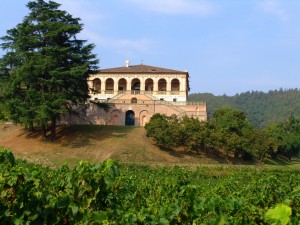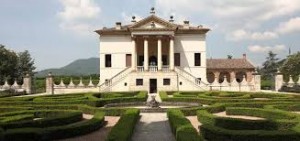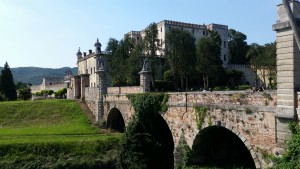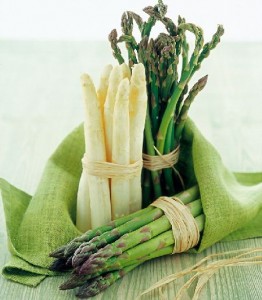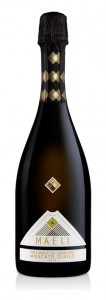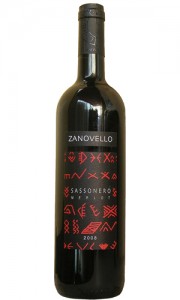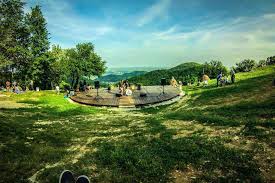Plunged in the restoring lush gardens of Colli Euganei (Euganean Hills) , suggestive hills of volcanic origin, the Euganean thermal springs are the biggest spa centre in Europe. Here you can come to restore your body thanks to the mud treatments and balneotherapy but also to enjoy a land full of food & wine and artistic beauties treasures. Abano is the perfect departure point for a remise en forme weekend as it shapes with Montegrotto, Battaglia, Teolo e Galzignano an unique thermal region, well known by the Ancient Romans. Here almost all the hotels have thermal swimming pool, mud treatments, thermal springs and inhalation therapies. One of the best is the luxurious Hotel Ritz (www.abanoritz.it/) for a five stars well being. Summer, together with autumn and spring are the best seasons to discover the surroundings, rich in cycling routes, refined cellars and historic charming villas. Among these ones, Villa Barbarigo (www.valsanzibiogiardino.it/), the little Versailles, is a place to be absolutely visited, almost
for Its gardens that are one of the most refined and important Italian Garden in our country. Don’t miss here the famous boxwood labyrinth, where the most part of boxwoods have almost 400 years of age. Continuing the journey, in the wonderful amphitheatre of Euganean Hills, you have to visit Villa dei Vescovi (www.visitfai.it/dimore/villadeivescovi/) built between 1535 and 1542 as a holiday home for the bishop of Padova, then bought by Olcese family and in the end gave FAI which has recently completed the restoration. The Villa is the most important pre-Palladian country house of the Renaissance, a very important monument among the villas of Veneto for introducing the roman classical antiquity in the Serenissima. Quite impossible not to mention the sixteenth century Villa Emo (www.villaemo.org/) , attributed to Vincenzo Scamozzi, that stands at the foot of the Euganean Hills not far from Monselice. Its garden, although a recent creation, is still classically Italian in conception, uniting typically Italian
Renaissance elements such as the hornbeam pergola, the orchard and fish ponds while including an exceptional variety and number of flowers. Misteries and ghosts floats on the Catajo Castle, (www.castellodelcatajo.it/) considered among the most unusual of the Villas of Veneto. At the Catajo, from 1570 owned by the Obizzi Family, one of Renaissance Europe’s foremost providers of mercenary forces, you can find the walls of the castle dotted with defensive towers and a labyrinth of passageways between courtyards and loggias. Quite 350 rooms make up the Castle where the steps of Lucrezia Dondi, the Dama Azzurra, wife of Pio Enea II degli Obrizzi, killed by a refused lover, ring out all over. For the golf addicted, here they are spoilt for choice: 4 golf courses, not far each other, and open all year long ensure strong emotions with a special and unique panoramic view of the surrounding mountains. 27 holes for La Montecchia (www.golfmontecchia.it/en/, planned by the Irish designer Tom Macauley in
the shade of the Montecchia Castle. The treasure is inside the old tobacco drying, where guest can taste the starred menus of the restaurant, signed by Alajmo family (www.alajmo.it/). After the hard work on golf course, nothing is better than a gourmet break. The icon address to experience the best of local tradition is the Antica Trattoria Ballotta (www.ballotta.it/), in Torreglia. An history of 400 years and a triumph of Paduan tradition dishes, a selection of tasty homemade dessert and a wine list that includes the best of Euganean Hills. Above all, the volcanic moscato Fior d’Arancio Maeli (www.maeliwine.com/, better to taste with aromatic savoury food or the Cà Lustra (www.calustra.it/it/) Merlot Sasso Nero. My suggestion is not to miss the Cà Lustra amphitheatre of Venda, a natural theatre drawn among the vineyards on the slopes of Venda mountain, the highest of Euganean Hills. (www.stradadelvinocollieuganei.it/en/)

